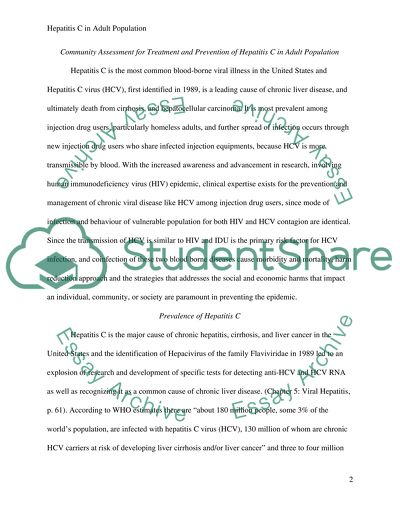Cite this document
(“Treatment and Prevention of Hepatitis C in Adult Population Essay”, n.d.)
Treatment and Prevention of Hepatitis C in Adult Population Essay. Retrieved from https://studentshare.org/miscellaneous/1533570-treatment-and-prevention-of-hepatitis-c-in-adult-population
Treatment and Prevention of Hepatitis C in Adult Population Essay. Retrieved from https://studentshare.org/miscellaneous/1533570-treatment-and-prevention-of-hepatitis-c-in-adult-population
(Treatment and Prevention of Hepatitis C in Adult Population Essay)
Treatment and Prevention of Hepatitis C in Adult Population Essay. https://studentshare.org/miscellaneous/1533570-treatment-and-prevention-of-hepatitis-c-in-adult-population.
Treatment and Prevention of Hepatitis C in Adult Population Essay. https://studentshare.org/miscellaneous/1533570-treatment-and-prevention-of-hepatitis-c-in-adult-population.
“Treatment and Prevention of Hepatitis C in Adult Population Essay”, n.d. https://studentshare.org/miscellaneous/1533570-treatment-and-prevention-of-hepatitis-c-in-adult-population.


